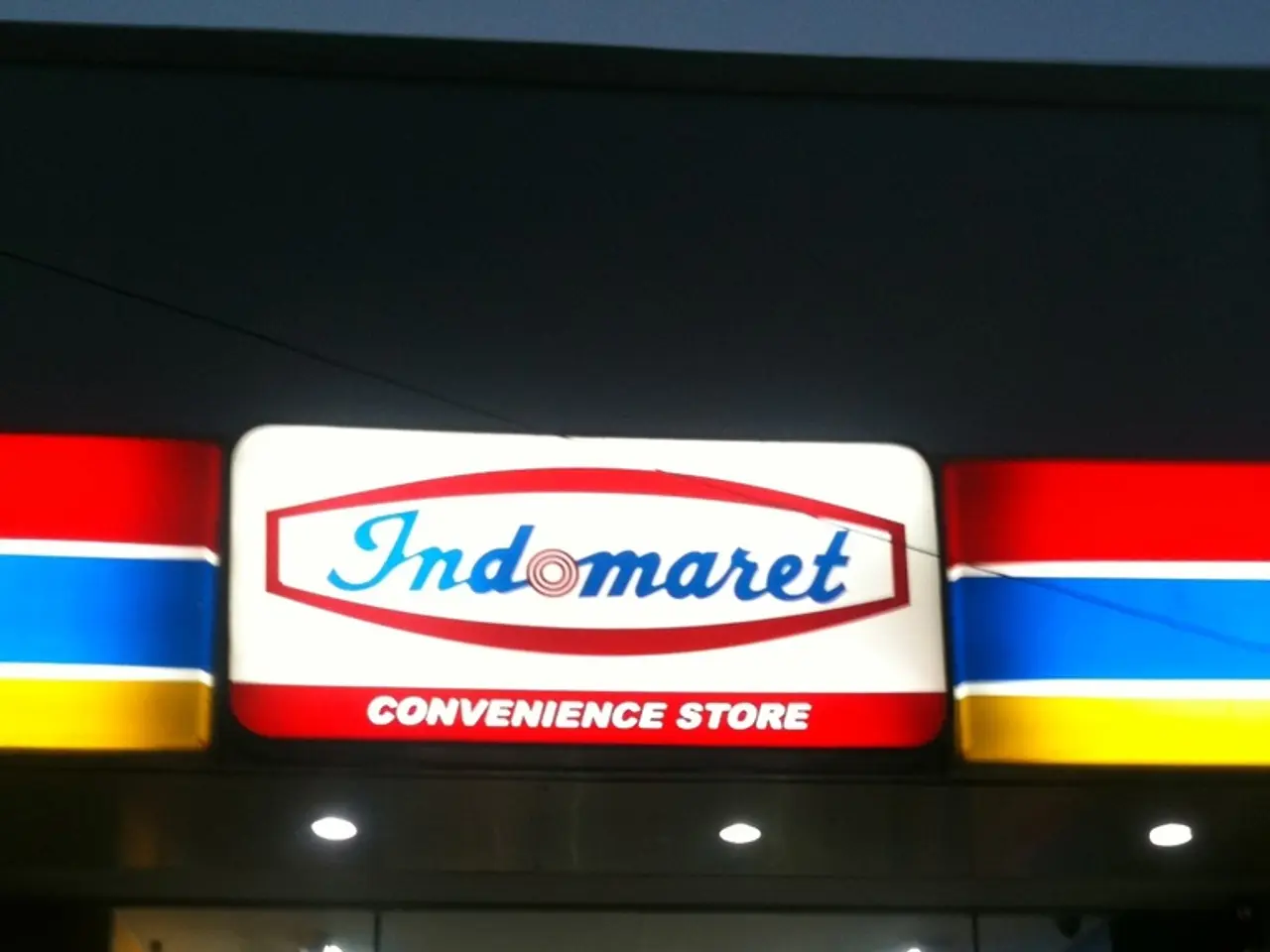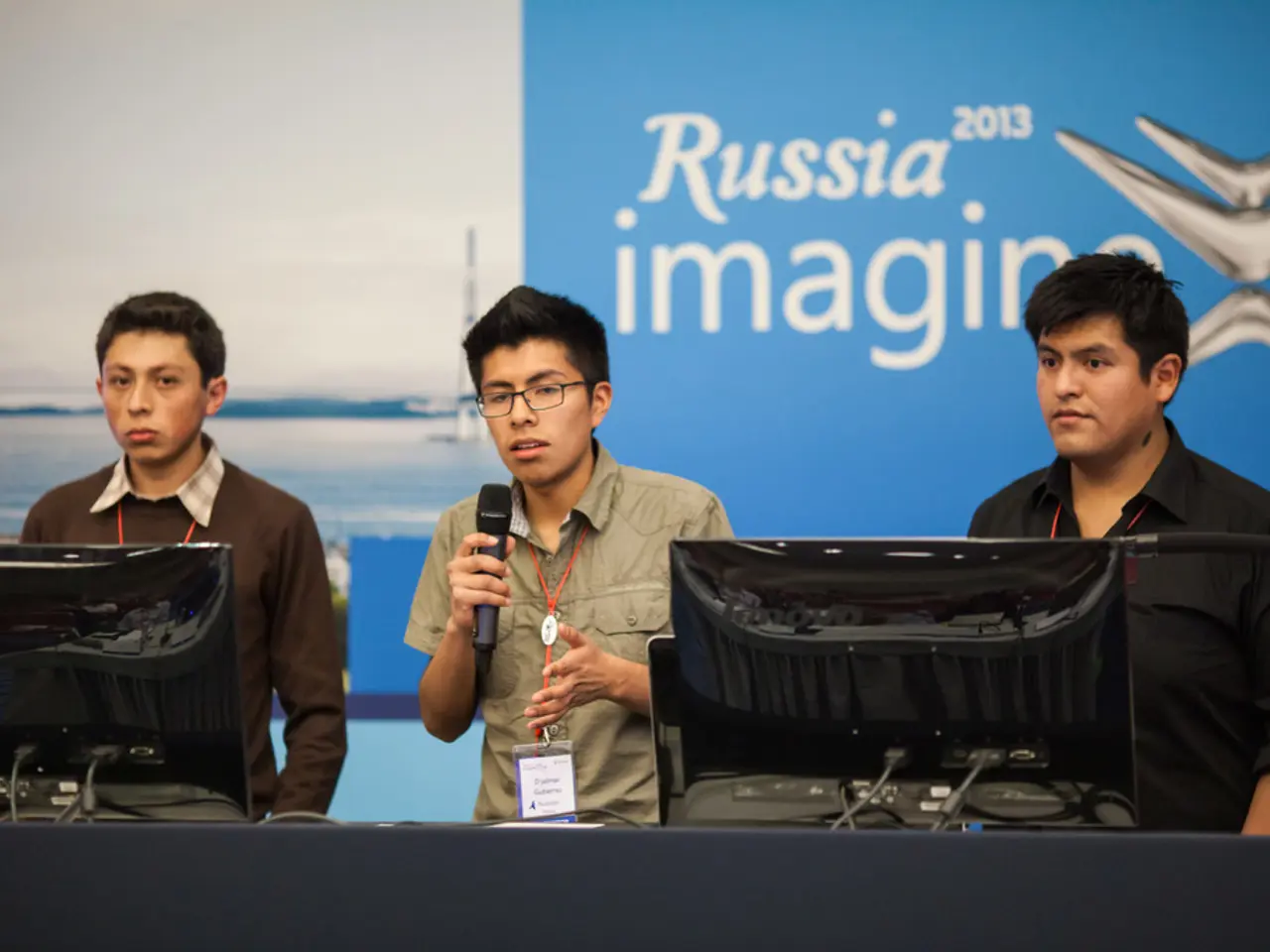"Faced with a computer malfunction, one artist worked past the issue to unveil Hide and Seek, the robotic a cappella group that made millions grasp the potential of audio manipulation within studio walls"
===============================================================================
In the late 2000s, British singer-songwriter Imogen Heap made a significant mark in the music industry with her groundbreaking use of vocoder technology in her song "Hide and Seek." This ethereal and iconic track, released 20 years ago this month, showcases Heap's innovative approach to studio innovation.
The key to the song's unique vocal effects lies in the use of a vocoder, a device that modulates the human voice through band-pass filters and synthesizers, turning it into a synthetic instrument with a haunting quality. Heap employed a piece of vocoder hardware or software to create this effect, although the specific model she used remains less documented[1][2].
The vocoder works by taking the human voice as the modulator and using a synthesized sound as the carrier. This results in the layered, harmonized robotic voice heard throughout "Hide and Seek." The technology, with roots in early telecommunications, has been adapted in music since the 1970s, but Heap's use of it set a precedent for creative vocal processing in pop music[1][2][5].
The Digitech Vocalist Workstation EX, a '90s vocal effects unit also used by Daft Punk and Brian Eno, played a significant role in the creation of the vocal effects in "Hide and Seek." The EX's Vocoder preset layered up to four transposed copies of an input signal, creating the intricate harmonies that characterize the song[1].
However, the process was not without its challenges. Heap had to painstakingly figure out the four-part harmonies that the EX had randomly plucked from her keyboard playing during the original recording[1]. Each layer in "Hide and Seek" was assigned a pitch via MIDI input, based on the notes played on Heap's MIDI keyboard. For the second chorus of "Hide and Seek," the EX chose higher notes, causing Heap to compensate by singing even higher.
"Hide and Seek" is an a capella performance with liberal vocal processing. Another deceptive environmental sound in the song is the sound of cooking, which is layered to sound like rain. The ethereal atmospherics that finish "Hide and Seek" are an excerpt from Heap's original demo, featuring a train passing by.
The song, recorded during the sessions for Heap's second album, Speak for Yourself, became her best-known song, selling more than half a million copies. On its 20th anniversary, "Hide and Seek" was remastered, offering a fresh perspective on this iconic track.
Imogen Heap's innovative use of vocoder technology in "Hide and Seek" continues to influence the music industry, pushing boundaries in studio innovation. From gesture-controlled MIDI gloves to AI-powered vocal models, Heap's work remains at the forefront of musical creativity.
References:
[1] Heap, I. (2021). TED Talk: My musical journey through technology. [Online Video]. Available at: https://www.ted.com/talks/imogen_heap_my_musical_journey_through_technology
[2] Heap, I. (2016). The Creative Independent: Imogen Heap on Creating Her Own Music Technology. [Online Article]. Available at: https://thecreativeindependent.com/features/imogen-heap-music-technology-interview
[3] Daft Punk. (2001). Discovery. [Album]. Virgin Records America.
[4] Eno, B. (1977). Another Green World. [Album]. Island Records.
[5] Rietveld, B. (2018). The Vocaloid Revolution: How Synthetic Singers Are Changing the Music Industry. [Online Article]. Available at: https://www.wired.com/2018/02/vocaloid-revolution-synthetic-singers-changing-music-industry/
Technology continues to shape the music industry, as demonstrated by Imogen Heap's groundbreaking use of a vocoder in her song "Hide and Seek." This innovations, whilst also being used in entertainment, sets a precedent for creative vocal processing in pop music.
In the current landscape, Imogen Heap's work remains at the forefront of musical creativity, influencing advancements in studio technology such as gesture-controlled MIDI gloves and AI-powered vocal models.




